Rocker Little Richard had a religious experience in Australia
ROCKER Little Richard threw his gold rings, worth thousands of dollars, into an Australian river in a strange moment in rock ’n’ roll history.
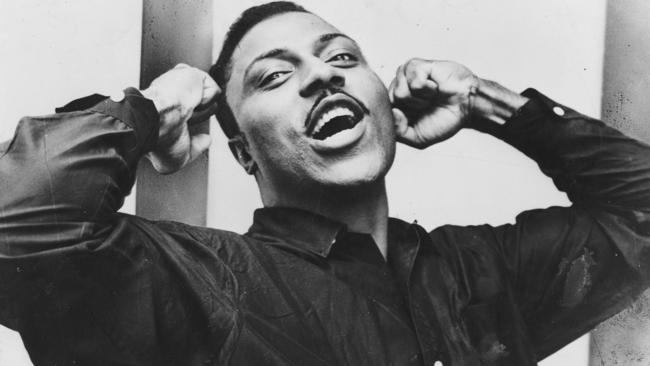
Today in History
Don't miss out on the headlines from Today in History. Followed categories will be added to My News.
THERE’S no doubt that coming to Sydney can be a life-changing experience for many tourists, but 60 years ago it was a veritable epiphany for one American named Richard Penniman.
While on a concert tour of Australia, Penniman, also known as Little Richard — one of the biggest rock’n’roll stars of the time — had a vision of angels and saw a fireball in the sky.
In a dramatic scene on a ferry, on October 12, 1957, he announced to his band he would give up show business to become a preacher. To prove he was serious he threw his gold rings into the water.
His conversion marked the start of a troubled period for some of rock’s pioneers, what some have called rock’n’roll’s “dark age”. But while Richard later emerged from religious exile, his career and life would never be the same again.
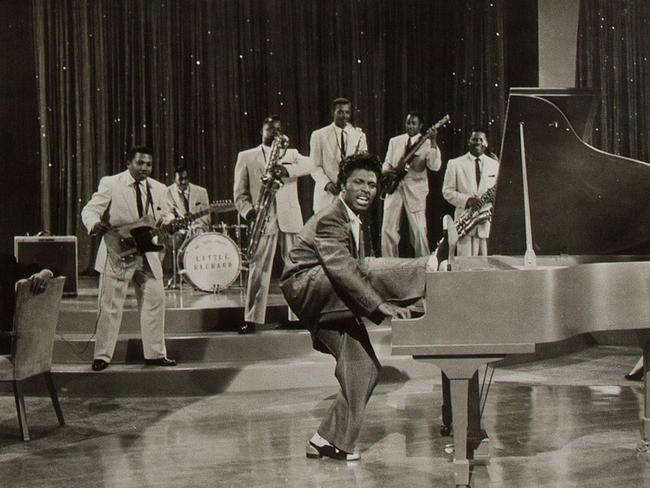
Richard was surrounded by religion as a youth. Born Richard Wayne Penniman on December 5, 1932, his father was a church deacon, but also sold bootleg alcohol and ran a nightclub, while two uncles and his grandfather were preachers. He honed his voice singing gospel at church, but his father discouraged him from becoming a musician. At 13 Richard was thrown out of home when his father discovered Richard was gay.
Over the next few years he fronted bands in small African-American clubs and in 1951 he won a contract with RCA. But his recordings didn’t set the charts on fire. So he continued to hone his vibrant live act.
In 1955 he sent a demo tape to Specialty records in Los Angeles and was invited to a recording session. During a break he played his risque song Tutti Frutti (good booty), which he played in his live show. The producer got a songwriter to clean up the lyrics and Richard recorded the song in his own frenetic style. It was released in late 1955, and rose to 17 on the charts in early 1956.
He followed that with others including Long Tall Sally, Rip it Up and Lucille. He was then in demand for concerts and movies, including The Girl Can’t Help It.
But in 1957 he became disenchanted with the rock’n’roll lifestyle. Women sent him naked photos and he was mobbed by unruly crowds on gruelling concert or promotional tours, so he started to seek solace in the bible. At post-show parties he would even do readings.
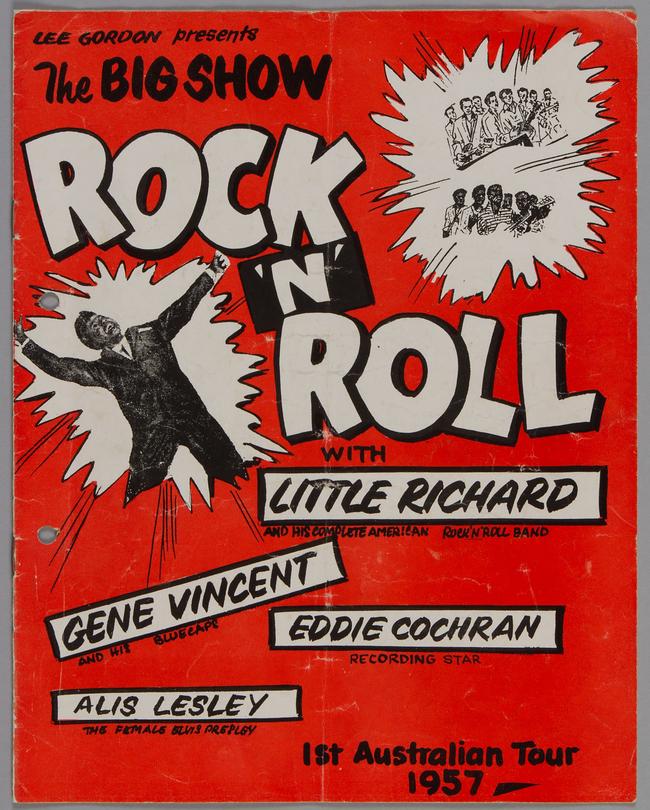
In 1957 he toured Australia as part of rock promoter Lee Gordon’s Big Show, sharing the bill with Gene Vincent, Eddie Cochran and Alis Lesley (called the “Female Elvis”). He shocked conservative Australians by stripping down to pyjamas or underpants and throwing his clothing to crowds.
On a flight from Melbourne to Sydney he saw the engines glowing red hot. Thinking they were on fire he prayed and imagined the plane was supported by angels. Before his Sydney show he saw a fireball in the sky. It was actually Sputnik, launched just days before, but it was enough to convince him they were signs from God.
Stories vary, in interviews and memoirs Richard says he was on a ferry “leaving Sydney”, but another version says he was on the Stockton Ferry travelling to a show in Newcastle when he told his band he was quitting show business and threw thousands of dollars in gold rings into the river. He cut short the tour and flew home, but later discovered the plane he was scheduled to fly home
on crashed, killing all aboard. He saw it as another sign.
His recording company made him sit through a last recording session before he went off to study theology in 1957. He began a preaching tour, got married in 1959 and started recording gospel music.
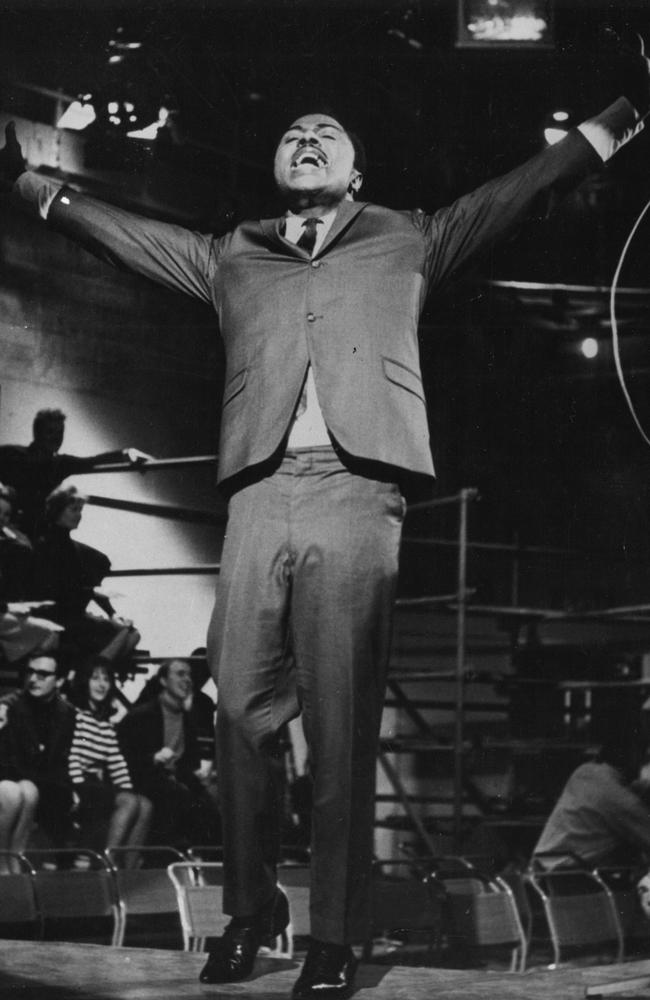
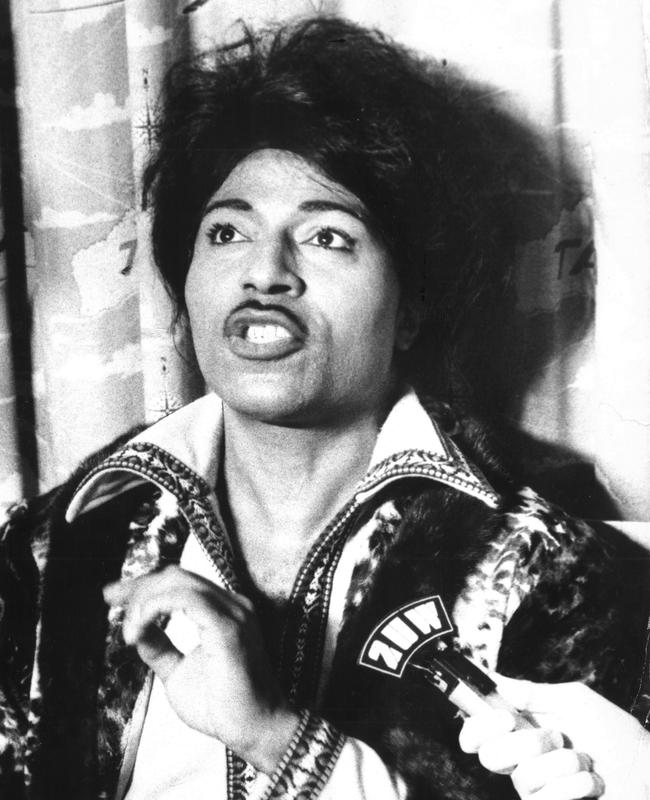
It was a bleak time for rock’n’roll. In March 1958 Elvis went into the army for two years. Later that year it was revealed Jerry Lee Lewis had married a 13-year-old girl. In February 1959 Buddy Holly was killed in plane crash and in December Chuck Berry was arrested and served time in prison. Softer rockers such as Bobby Rydell, Fabian, Bobby Vee emerged and the Brill Building Sound dominated charts, along with a re-emergence of jazz and country.
But Richard tried to make a comeback in the early ’60s, doing tours of Europe and TV specials, but his time at the top of the charts was over for the time. Although he was still an idol to the new generation of chart toppers, like the Beatles, he was already a musical relic.
He returned to Australia in 1974 playing to packed, but more sedate, houses.
Coming out publicly as gay in 1984, his popularity again began to soar. In ’85 the song Great Gosh A’Mighty put him back on the charts.
He officially retired from show business in 2013.

